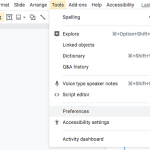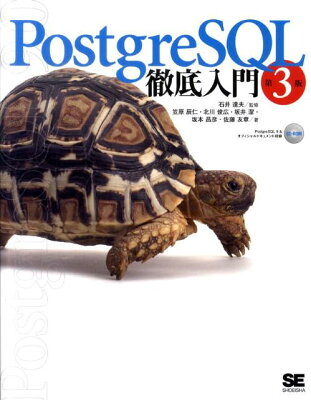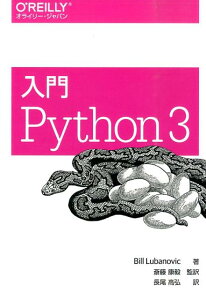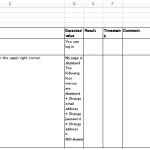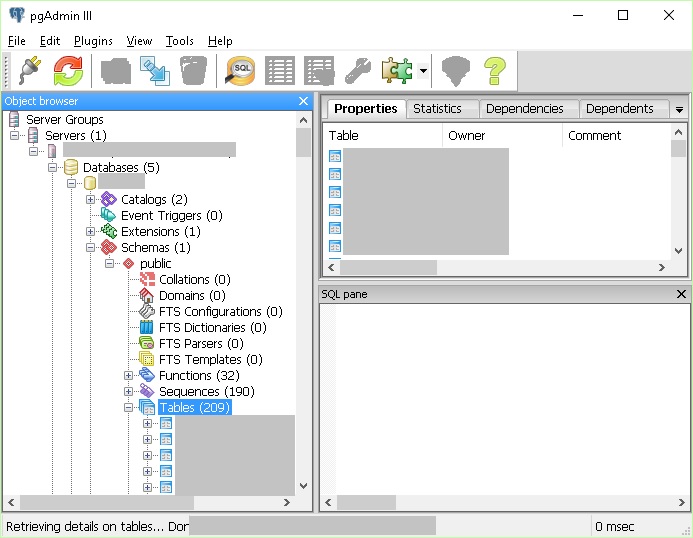Table of Contents
I summarized about cursor operation in PostgreSQL PL/pgSQL.
Environment
- psql 9.6
- PostgreSQL 9.3
Cursor
Speaking simply, cursor is used when we operate to each record we got by SELECT query, one by one.
Use Cursor with Declaration
There are several ways to use cursor. First, I write about basic usage. In Oracle, this patter is called explicit cursor. PostgreSQL document says it, Bound Cursor.
Declare cursor with CURSOR statement, and declare variable of RECORD type. LOOP about all rows of SELECT result.
|
1 2 3 4 5 6 7 8 9 10 11 12 13 14 15 16 17 18 |
DO $$ DECLARE C CURSOR FOR SELECT * FROM table_name WHERE some_condition = TRUE; CR RECORD; BEGIN OPEN C; LOOP FETCH C INTO CR; IF NOT FOUND THEN EXIT; END IF; RAISE NOTICE '%', CR.id; END LOOP; CLOSE C; END$$; |
FOR after CURSOR statement can be replaced to IS. Public document only says about FOR, but IS is also OK.
There, カーソルを開き、クエリ結果の行を変数(ここではCR)に入れて全行の処理を行います。 When the cursor processed all rows, exit the loop with EXIT statement. Close opened cursor at last.
EXIT is in IF conditional branch, but you can make it simpler for executing EXIT. Insert EXIT WHEN NOT FOUND;.
|
1 2 3 4 5 6 7 8 9 10 11 12 13 14 15 16 |
DO $$ DECLARE C CURSOR FOR SELECT * FROM table_name WHERE some_condition = TRUE; CR RECORD; BEGIN OPEN C; LOOP FETCH C INTO CR; EXIT WHEN NOT FOUND; RAISE NOTICE '%', CR.id; END LOOP; CLOSE C; END$$; |
This pattern, FETCH timing is not complicated, so it can be shortening.
|
1 2 3 4 5 6 7 8 9 10 11 |
DO $$ DECLARE C CURSOR FOR SELECT * FROM table_name WHERE condition = true; BEGIN FOR CR IN C LOOP RAISE NOTICE '%', CR.id; END LOOP; END$$; |
In this case, CR can be used only in the loop.
Use Parameter for Cursor
Cursor can take parameter like function in programming languages.
|
1 2 3 4 5 6 7 8 9 10 11 12 |
DO $$ DECLARE C CURSOR( I_MIN_ID INTEGER, I_MAX_ID INTEGER) FOR SELECT * FROM table_name WHERE id BETWEEN I_MIN_ID AND I_MAX_ID; BEGIN FOR CR IN C(10, 20) LOOP RAISE NOTICE '%', CR.id; END LOOP; END$$; |
Use Cursor without Declaration
This is more technical cursor usage. In Oracle, it is called implicit cursor.
|
1 2 3 4 5 6 7 8 |
DO $$ DECLARE CR RECORD; BEGIN FOR CR IN (SELECT * FROM MEMBERS WHERE ID BETWEEN 1 AND 10) LOOP RAISE NOTICE '%', CR.id; END LOOP; END$$; |
There, I didn’t declare cursor variable. Record variable has to be declared.(In Oracle PL/SQL, record variable doesn’t have to be declared.)



